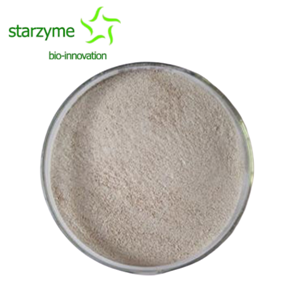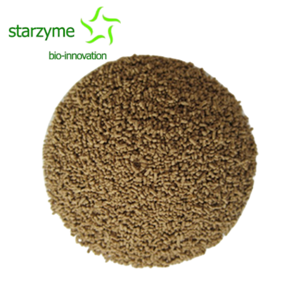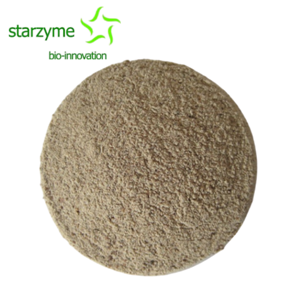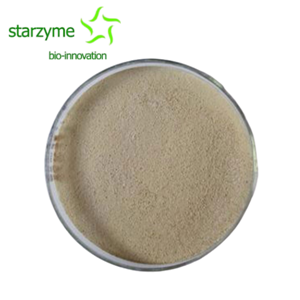Why Is Bacillus Subtilis So Widely Used? PART 1
INTRODUCTION
"Bacillus subtilis is a remarkably diverse bacterial species – capable of growth within diverse environments including the gastrointestinal tracts of animals. Microarray-based comparative genomic analyses have revealed that members of this species also exhibit considerable genome diversity. The identification of strain-specific genes might explain how B. subtilis has become so broadly adapted. This goal – to identify ecologically adaptive genes – may soon be realized with the imminent release of several new B. subtilis genome sequences. As we embark upon this exciting new era of B. subtilis comparative genomics we review what is currently known about this species' ecology and evolution." (Earl, Losick, and Kolter 2008).
Where do we find Bacillus subtilis?
"Bacillus subtilis can be isolated from myriad environments – terrestrial and aquatic – making it appear as though this species is ubiquitous and broadly adapted to grow in diverse settings within the biosphere. However, like all members of the genus Bacillus, B. subtilis is capable of forming highly resistant dormant endospores in response to nutrient deprivation and other environmental stresses.
Does B. subtilis actually grow in soil or is this a place where spores accumulate until they are once again presented with conditions propitious for their germination and proliferation? The use of fluorescent anti-bodies to distinguish vegetative and spore forms of B. subtilis in diverse soil samples revealed that the organism was most often in its vegetative form when associated with decaying organic material. B. subtilis can also grow in close association with plant root surfaces. In addition, B. subtilis can be isolated, in greater numbers than most other spore-forming bacteria, from the rhizosphere of a variety of plants. There is evidence that through these associations B. subtilis may promote plant growth. Possible explanations for this growth promotion are that: (i) B. subtilis out-competes other microbes that would otherwise adversely affect the plant, (ii) B. subtilis activates the host defense system so that the plant is poised to resist potential pathogens and, (iii) B. subtilis makes certain nutrients more readily available to the plant (e.g. phosphorous and nitrogen)." (Earl, Losick, and Kolter 2008).
"Considering that B. subtilis is found on and around plants and that many animals consume plants, it is no wonder that this bacterium is often found in feces. Passage of B. subtilis through animal gastrointestinal (GI) tracts may not be without effects; the idea that B. subtilis plays an active role within the GI tract has had anecdotal support for years. In fact, B. subtilis has been touted as a probiotic that when ingested has “beneficial” effects, likely by helping to maintain or restore “healthy” bacterial communities in the body. B. subtilis is also found in several commercially available fermented food products, including soy beans fermented with B. subtilis (natto) which is popular in Japan and which has been long thought to confer health benefits 19. But as its role in plant growth promotion, just how B. subtilis imparts its probiotic effects is not clear." (Earl, Losick, and Kolter 2008).
References:
Earl, A. M., Losick, R., & Kolter, R. (2008). Ecology and genomics of Bacillus subtilis. Trends in Microbiology, 16(6), 269–275. https://doi.org/10.1016/j.tim.2008.03.004.




